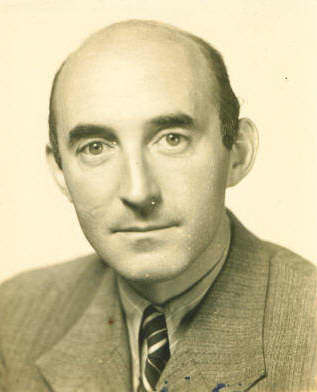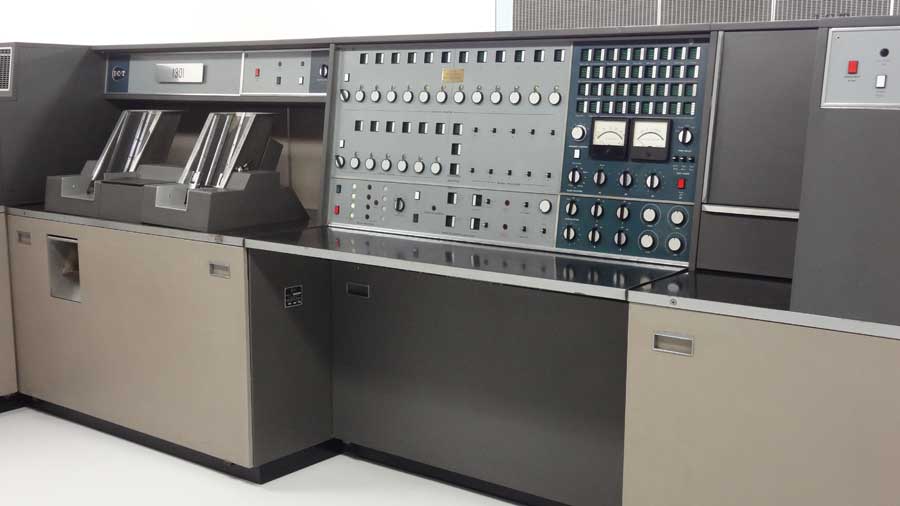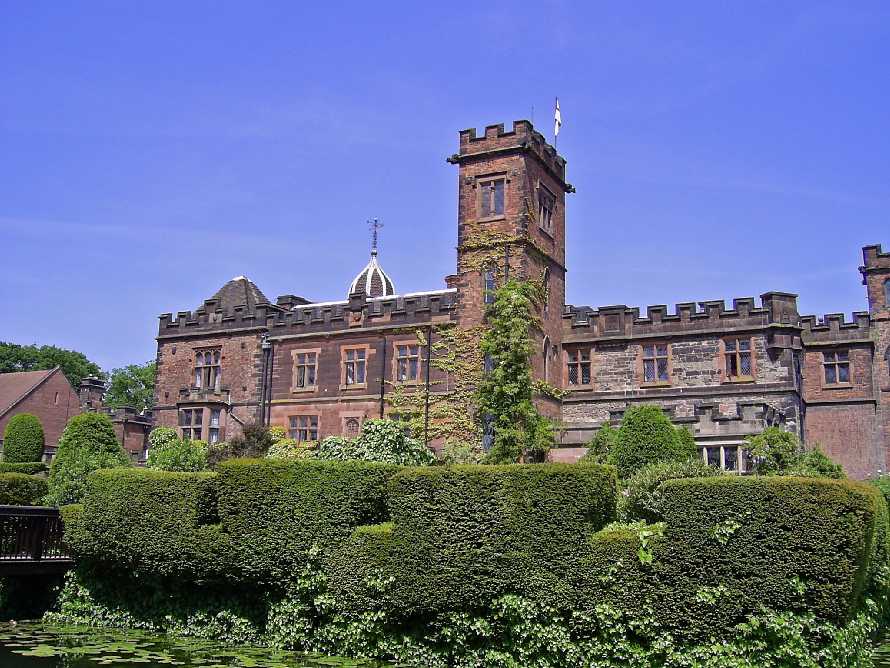|
Steve Shirley
Dame Vera Stephanie "Steve" Shirley (previously Brook, née Buchthal; born 16 September 1933) is an information technology pioneer, businesswoman and philanthropist (naturalised British in 1951). Early life Shirley was born as Vera Buchthal to Arnold Buchthal, a judge in Dortmund who was Jewish and who lost his post to the Nazi regime,"Comment and Analysis" report by Pam Kingsley. and a non-Jewish Viennese mother. In July 1939 Shirley arrived, at the age of five together with her nine-year-old sister Renate, in Britain as a '' Kindertransport'' child refugee, and recognized how lucky she was to have been saved. She was placed in the care of foster parents living in the Midlands town of Sutton Coldfield. She was later re-united with her biological parents, but said she "never really bonded with them". Shirley attributes her early childhood trauma as being the driving force behind her ability to keep up with changes in her life and career. After attending a convent sc ... [...More Info...] [...Related Items...] OR: [Wikipedia] [Google] [Baidu] |
Xansa
Xansa plc, trading as Xansa, was a British outsourcing and technology company, and was quoted on the London Stock Exchange until 17 October 2007 when the purchase of Xansa by Steria was completed and the company was delisted. Its headquarters were in Reading, Berkshire, England, and it had a major presence in India. In the 2007 financial year the company had a turnover of UK£379.7 million. History The company began as ''Freelance Programmers'', established in 1962 by Stephanie "Steve" Shirley. Two years later it was incorporated as ''Freelance Programmers Limited''."Comment and Analysis" report by Pam Kingsley. Shirley wanted to create job opportunities for women with dependants, and predominantly employed women: there were only three male programmers in the first 300 staff, until the Sex Discrimination Act 1975 made that practice illegal. Her team's projects included programming Concorde's black box flight recorder.Report by Sue Austin. She was due to be attending Osw ... [...More Info...] [...Related Items...] OR: [Wikipedia] [Google] [Baidu] |
Dame
''Dame'' is an honorific title and the feminine form of address for the honour of damehood in many Christian chivalric orders, as well as the British honours system and those of several other Commonwealth realms, such as Australia and New Zealand, with the masculine form of address being ''Sir''. It is the female equivalent for knighthood, which is traditionally granted to males. Dame is also style used by baronetesses in their own right. A woman appointed to the grades of the Dame Commander or Dame Grand Cross of the Order of Saint John, Equestrian Order of the Holy Sepulchre, Most Honourable Order of the Bath, the Most Distinguished Order of Saint Michael and Saint George, the Royal Victorian Order, or the Most Excellent Order of the British Empire becomes a dame. A Central European order in which female members receive the rank of Dame is the Imperial and Royal Order of Saint George. Since there is no female equivalent to a Knight Bachelor, women are always appointed to an ... [...More Info...] [...Related Items...] OR: [Wikipedia] [Google] [Baidu] |
Arnold Buchthal
Arnold Buchthal (born 28 November 1900 in Dortmund, Germany; died 5 August 1965 in Pesaro, Italy) was a German lawyer, a translator at the Nuremberg trials and a State's attorney in Frankfurt. Life Arnold Buchthal was the son of Rosa and Felix Buchthal. His mother was the first woman in the Dortmund city council, while his father ran a coffee import and roasting facility with some branches in the city. Arnold grew up in the new building built by the parents at Bornstraße 19. He graduated from high school in 1918 at the Municipal Gymnasium. As part of his law studies he came in 1923 as a trainee to the Higher Regional Court Hamm and 1924 to Dortmund district court. Later he was district and county magistrate with an annual salary of 7800 Reichsmark. He spoke five languages. With the seizure of power by the National Socialists in January 1933, within a few months all Jewish citizens in civil servant positions were dismissed. Arnold Buchthal, son of Jewish parents, "full Jew" in N ... [...More Info...] [...Related Items...] OR: [Wikipedia] [Google] [Baidu] |
Sopra Steria Group , a village in India.
{{disamb ...
Sopra may refer to: *Sopra Steria, a consulting, IT services and software development company. *Sopra, Bhopalgarh Sopara or Sopra or Hopra is a village located in the Bhopalgarh tehsil of Jodhpur District, Rajasthan, India. History The habitation is around 500 years old. It is said that the village was established by the two brothers and their nephew wh ... [...More Info...] [...Related Items...] OR: [Wikipedia] [Google] [Baidu] |
Steria
Sopra Steria is a Paris-based consulting, digital services, and software development company. Sopra Steria has a new consulting wing under the “Next” brand. It employs 3,400 consultants across Europe, including 1,900 in the group’s native France. After adding the shares held directly in registered form by current and former Group employees, these proportions amount to nearl10% of the share capitaland 13% of voting rights, thereby making employees the Group’s second-largest shareholder. History Sopra was created in 1968, followed closely by the 1969 founding of Steria. SODERI (Information Research and Development Company) holds 51%, the BNP Group holds 29.5% and the Indochina Group holds 19.5%. By 1971, Sopra signed its first large global banking managed services agreement, which led to the first banking platform the following year. Steria computerized Agence France-Presse in 1973 by creating a text processing system that enables real-time information transmission. Afte ... [...More Info...] [...Related Items...] OR: [Wikipedia] [Google] [Baidu] |
F International
F International was a British freelance software and systems services company, founded as Freelance Programmers in England in 1962, by Dame Stephanie Shirley; she was involved in the company until she retired in 1993. The company was renamed in 1974 to F International. In 1988 the company was renamed again, to The FI Group, and later as Xansa plc. Xansa plc was acquired by the French company now known as Sopra Steria in 2007. History Founding F International was founded in 1962 when successful female entrepreneurs and freelance working were rare. Steve Shirley started the company despite having no capital or business experience, to escape the constraints of working as a woman in a predominantly male working context: The total revenues for the first 10-month tax year were £1,700. The Cranfield School of Management undertook a study of the reported differences between male and female entrepreneurs in the late 1980s, concluding that because of the differences in context and ... [...More Info...] [...Related Items...] OR: [Wikipedia] [Google] [Baidu] |
ICT 1301
The ICT 1301 and its smaller derivative ICT 1300 were early business computers from International Computers and Tabulators. Typical of mid-sized machines of the era, they used core memory, drum storage and punched cards, but they were unusual in that they were based on decimal logic instead of binary. Description The 1301 was the main machine in the line. Its main memory came in increments of 400 words of 48 bits (12 decimal digits or 12 four-bit binary values, 0-15) plus two parity bits. The maximum size was 4,000 words. It was the first ICT machine to use core memory. Backing store was magnetic drum and optionally one-inch-, half-inch- or quarter-inch-wide magnetic tape. Input was from 80-column punched cards and optionally 160-column punched cards and punched paper tape. Output was to 80-column punched cards, line printer, and optionally to punched paper tape. The machine ran at a clock speed of 1 MHz and its arithmetic logic unit (ALU) operated on data in a ''serial-p ... [...More Info...] [...Related Items...] OR: [Wikipedia] [Google] [Baidu] |
Machine Language
In computer programming, machine code is any low-level programming language, consisting of machine language instructions, which are used to control a computer's central processing unit (CPU). Each instruction causes the CPU to perform a very specific task, such as a load, a store, a jump, or an arithmetic logic unit (ALU) operation on one or more units of data in the CPU's registers or memory. Early CPUs had specific machine code that might break backwards compatibility with each new CPU released. The notion of an instruction set architecture (ISA) defines and specifies the behavior and encoding in memory of the instruction set of the system, without specifying its exact implementation. This acts as an abstraction layer, enabling compatibility within the same family of CPUs, so that machine code written or generated according to the ISA for the family will run on all CPUs in the family, including future CPUs. In general, each architecture family (e.g. x86, ARM) has its ... [...More Info...] [...Related Items...] OR: [Wikipedia] [Google] [Baidu] |
Post Office Research Station
The Post Office Research Station was first established as a separate section of the General Post Office in 1909. In 1921, the Research Station moved to Dollis Hill, north west London, initially in ex-army huts. The main permanent buildings at Dollis Hill were opened in 1933 by Prime Minister Ramsay MacDonald. In 1968 it was announced that the station would be relocated to a new centre to be built at Martlesham Heath in Suffolk. This was formally opened on 21 November 1975 by Queen Elizabeth and is today known as Adastral Park. The old Dollis Hill site was released for housing, with the main building converted into a block of luxury flats and an access road named Flowers Close, in honour of Tommy Flowers. Much of the rest of the site contains affordable housing administered by Network Housing. Paddock, a World War II concrete two-level underground bunker, was built in secret in 1939 as an alternative Cabinet War Room underneath a corner of the Dollis Hill site. Its surface ... [...More Info...] [...Related Items...] OR: [Wikipedia] [Google] [Baidu] |
Oswestry
Oswestry ( ; ) is a market town, civil parish and historic railway town in Shropshire, England, close to the Welsh border. It is at the junction of the A5, A483 and A495 roads. The town was the administrative headquarters of the Borough of Oswestry until that was abolished in 2009. Oswestry is the third-largest town in Shropshire, following Telford and Shrewsbury. At the 2011 Census, the population was 17,105. The town is five miles (8 km) from the Welsh border and has a mixed English and Welsh heritage. Oswestry is the largest settlement within the Oswestry Uplands, a designated natural area and national character area. Toponym The name ''Oswestry'' is first attested in 1191, as ''Oswaldestroe''. This Middle English name transparently derives from the Old English personal name Ōswald and the word ''trēow'' ('tree'). Thus the name seems once to have meant 'tree of a man called Ōswald'.A. D. Mills, ''A Dictionary of English Place Names'' (Oxford: Oxford U ... [...More Info...] [...Related Items...] OR: [Wikipedia] [Google] [Baidu] |
Sutton Coldfield
Sutton Coldfield or the Royal Town of Sutton Coldfield, known locally as Sutton ( ), is a town and civil parish in the City of Birmingham, West Midlands, England. The town lies around 8 miles northeast of Birmingham city centre, 9 miles south of Lichfield, 7 miles southwest of Tamworth and 7 miles east of Walsall. Sutton Coldfield and its surrounding suburbs are governed under Birmingham City Council for local government purposes but the town has its own town council which governs the town and its surrounding areas by running local services and electing a mayor to the council. It is in the Historic county of Warwickshire, and in 1974 it became part of Birmingham and the West Midlands metropolitan county under the Local Government Act 1972. History Etymology The etymology of the name Sutton appears to be from "South Town". The name "Sutton Coldfield" appears to come from this time, being the "south town" (i.e. south of Tamworth and/or Lichfield) on the edge of ... [...More Info...] [...Related Items...] OR: [Wikipedia] [Google] [Baidu] |
The Midlands
The Midlands (also referred to as Central England) are a part of England that broadly correspond to the Kingdom of Mercia of the Early Middle Ages, bordered by Wales, Northern England and Southern England. The Midlands were important in the Industrial Revolution of the 18th and 19th centuries. They are split into the West Midlands and East Midlands. The region's biggest city, Birmingham often considered the social, cultural, financial and commercial centre of the Midlands, is the second-largest city and metropolitan area in the United Kingdom. Symbolism A saltire (diagonal cross) may have been used as a symbol of Mercia as early as the reign of Offa. By the 13th century, the saltire had become the attributed arms of the Kingdom of Mercia. The arms are blazoned ''Azure, a saltire Or'', meaning a gold (or yellow) saltire on a blue field. The saltire is used as both a flag and a coat of arms. As a flag, it is flown from Tamworth Castle, the ancient seat of the Mercian Kings, ... [...More Info...] [...Related Items...] OR: [Wikipedia] [Google] [Baidu] |







